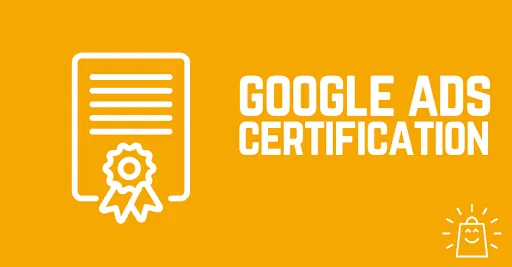Effective Web Design Tactics: Drive User Engagement and Conversions for Your Delta, BC Business
A well-designed, user-friendly website is crucial for businesses seeking to attract and retain customers in today's digital-driven world. A seamless, engaging, and efficient online experience can make a lasting impression on your potential customers, increasing the likelihood of converting leads into sales. As a Delta, BC business owner, a strategic and appealing web design can significantly enhance your online presence and contribute to sustainable business growth. At Everyday Marketing Services, we specialize in crafting tailored web design solutions that elevate user engagement, improve conversion rates, and bolster your brand's credibility to your target audience. In this comprehensive guide, we will explore the intricacies of effective web design and delve into proven strategies to create a powerful online experience for your customers.
In today's competitive online landscape, a well-designed website is critical for businesses to showcase their unique value proposition, solidify their credibility in the market, and foster a sense of trust among potential customers. Research suggests that 94% of users form their first impressions about a website based on its design, highlighting the importance of crafting a visually appealing, user-friendly, and functional online platform.
In this article, we will delve into essential web design strategies, including understanding your target audience, establishing a strong brand identity, utilizing responsive web design, and optimizing your website's content and layout for enhanced user experience. We will also discuss the significance of incorporating conversion-focused elements, such as clear calls-to-action and intuitive navigation, to facilitate a seamless customer journey and drive conversions. Additionally, we will highlight the importance of continuous website optimization, user experience testing, and performance analytics to ensure your website remains adaptive to current trends and user preferences.
Understanding Your Target Audience and Crafting a Compelling Online Experience
A crucial building block of effective web design is crafting an online experience tailored to your target audience's preferences and needs:
1. Conduct Audience Research: Gain insights into your target audience's online behaviour, interests, and pain points by leveraging data from market research, web analytics, and customer feedback.
2. Define User Personas: Create detailed user personas that encompass your ideal customers' demographic information, needs, and motivations to inform your website's design, content, and navigation elements.
3. Map the Customer Journey: Plot your target audience's journey through your website, identifying key touchpoints, potential pain points, and opportunities for engagement and conversion.
Establishing a Strong and Consistent Brand Identity
A visually appealing and consistent brand identity can boost recognition and foster trust among your potential customers:
1. Develop a Visual Aesthetic: Craft a visual aesthetic that reflects your brand's personality, values, and unique selling proposition. Consider elements such as a color palette, typography, and graphical elements that are distinctive and cohesive with your brand identity.
2. Ensure Brand Consistency: Strengthen your brand recognition and customer trust by maintaining a consistent visual identity throughout your website, digital marketing assets, and offline materials.
3. Leverage Quality Visuals: Utilize high-quality images, graphics, and videos to elevate your brand's visual appeal, showcase your products or services, and enhance user engagement.
Implementing Responsive Web Design and Optimizing User Experience
Optimal user experience is key to maximizing user engagement and ensuring seamless navigation:1. Employ Responsive Web Design: Implement a responsive web design that automatically adapts to different screen sizes and devices, ensuring a consistent and accessible browsing experience for users across desktops, tablets, and smartphones.
2. Optimize Page Load Speed: Enhance user experience and reduce bounce rates by improving your website's load speed. Utilize techniques such as compressing images, minimizing JavaScript files, and utilizing browser caching to increase website speed.
3. Simplify Navigation: Design an intuitive and easy-to-navigate menu structure that enables users to quickly access essential information and encourages seamless exploration of your website.
Incorporating Conversion-Focused Elements and Continuous Optimization
Maximize the potential for conversions by strategically incorporating conversion-focused elements and continuously refine your website based on performance data:
1. Use Clear Calls-to-Action (CTAs): Encourage users to take desired actions, such as making a purchase, requesting a quote, or subscribing to your newsletter by using clear, compelling, and prominently placed CTAs.
2. Leverage Social Proof: Showcase customer testimonials, case studies, or positive reviews to foster credibility and trust among your target audience.
3. Monitor and Analyze Performance Data: Utilize website analytics tools, such as Google Analytics, to track user behaviour, engagement metrics, and conversion rates. Leverage these insights to inform continuous design and content improvements on your website.
Conclusion
A strategically designed, visually appealing, and user-centric website is fundamental to the success of your Delta, BC business. By understanding your target audience, establishing a strong brand identity, implementing responsive web design, and incorporating conversion-focused elements, you can create a powerful online platform that bolsters your online presence, drives user engagement, and generates sales conversions.
At Everyday Marketing Services, we are committed to helping Delta, BC, businesses like yours excel in the digital realm. Our team of web design experts offers a full suite of
digital marketing services
designed to create high-performing websites that cater to the unique needs of your customers and your business. From initial strategy and design to ongoing optimization, we are dedicated to your success. Contact us today to learn how we can elevate your online presence and empower your business growth through effective website design.

6 Costly SEO Mistakes That Harm Brand Reputation and Ranking
If you run a website, chances are you already have a blog. And if you don’t, maybe you should start one. A blog can boost your brand awareness, increase conversions, and improve customer service.
Blogs help you connect with your audience on a more personal level and allow them to interact with you in an individual capacity. Blogging also helps to present viewers with fresh content regularly.
Whether your brand markets a unique product or a superior service, you must increase brand awareness and organic traffic to succeed in today's highly competitive business environment. These tactics help boost customer loyalty and trust. It also lets you reach a broader market and attract potential customers to your website.
Besides creating compelling materials, you can gain these benefits by investing in Search Engine Optimization (SEO). Although it can help you gain a favourable ranking and reputation, using the wrong practices can do more harm than good. It's especially true if you don't enlist the help of a professional SEO marketing agency.
If you want to uphold your positive reputation in the business industry and gain more visibility, here are some SEO mistakes you should always avoid.
1. Keyword Stuffing
This bad SEO habit means excessively using targeted keywords in content elements, like meta tags, URLs, and links. Although you might assume it can help improve your relevance and ranking, it can harm your SEO strategy. It can lead to unappealing, spam-like content and is difficult for your audience and search engines to read. It can also force Google to penalize you and negatively impact your ranking.
You can avoid keyword stuffing and protect your website from penalization by using your keywords strategically and focusing on creating high-quality content. It’s also the best time to diversify your vocabulary.
2. Broken Links
Broken links direct users to pages or resources that no longer exist or are inaccessible. It happens due to web address errors, expired domains, deleted pages, or server issues. Besides damaging brand reputation and trust, these broken links can reduce user experience, increase bounce rates, and waste your crawl budget. It can also harm your website’s SEO.
You can avoid broken links by scheduling regular website check-ups and fixing or eliminating broken links. You can repair faulty connections using tools like Google Search Console or Broken Link Checker to detect and address broken links.
3. Slow Loading Speed
Loading speed is how long a website takes to load on a browser or device fully. It's essential for SEO, user experience, engagement, conversion, and ranking. You should also remember that a slow loading speed can hurt your brand reputation and loyalty, increase bounce rate, and reduce dwell time. You can improve your site's loading time by optimizing your website's elements and using tools like Google PageSpeed Insights.
4. Duplicate Content
Duplicate content is when the same or highly similar content appears on multiple pages or domains, harming your search engine ranking and brand reputation. This bad SEO practice happens because of technical issues, plagiarism, or poor content management. You can prevent this costly mistake by ensuring all pages and domains have unique and original content. You must also use canonical tags, redirects, or no-index tags to specify the preferred version.
5. Poor Mobile-Friendliness
Mobile-friendliness is how well your website or page functions on mobile devices. It's essential for SEO, as it affects user experience and ranking. On the other hand, poor mobile-friendliness can harm your SEO by reducing traffic and visibility on mobile devices and damaging your brand reputation. You can optimize your site for smartphones by making it fast, responsive, and usable. Also, use tools like Google Mobile-Friendly Test to check and improve your mobile-friendliness.
6. Neglecting Analytics
You need analytics for SEO, as it helps you understand audience behaviour, optimize content, and measure results. You should also understand the data, determine what to track, combine analytical tools, and fill skill gaps. Ignoring this part of SEO can harm your ranking and limit insights and opportunities.
Dodging the Dodgy Practices
SEO can be a powerful marketing strategy, but it can harm your business if you don't use it correctly. You can protect your brand reputation and boost your ranking on search engines by educating yourself about bad habits and working with a professional SEO marketing agency.
Everyday Marketing Services is a reliable SEO marketing agency in British Columbia committed to helping businesses improve their online presence with our proven digital marketing tactics. Let’s talk now!



Let's Get Your Project Started!
© Copyright 2023, EVERYDAY MARKETING SERVICES - Privacy Policy - Terms

